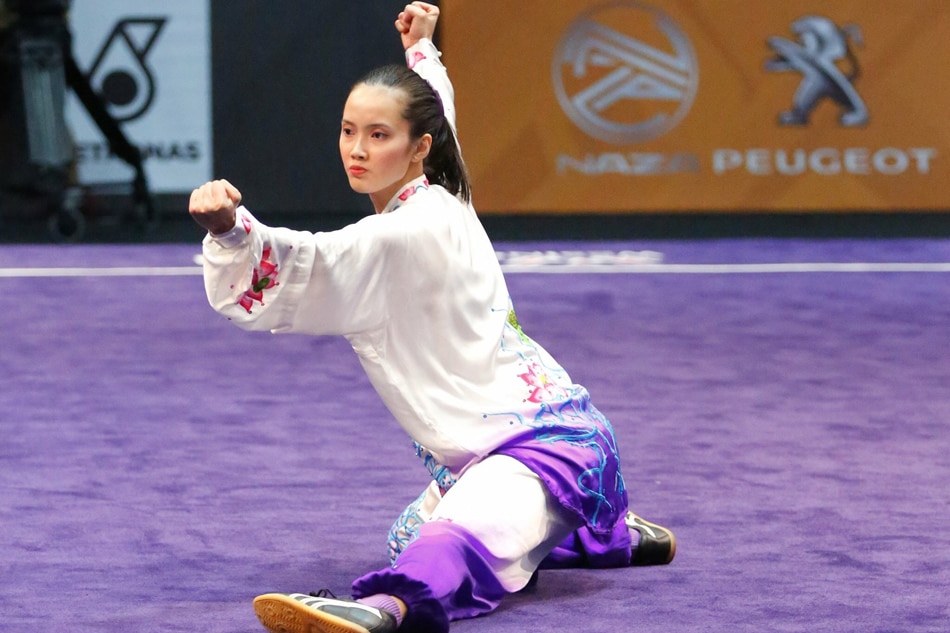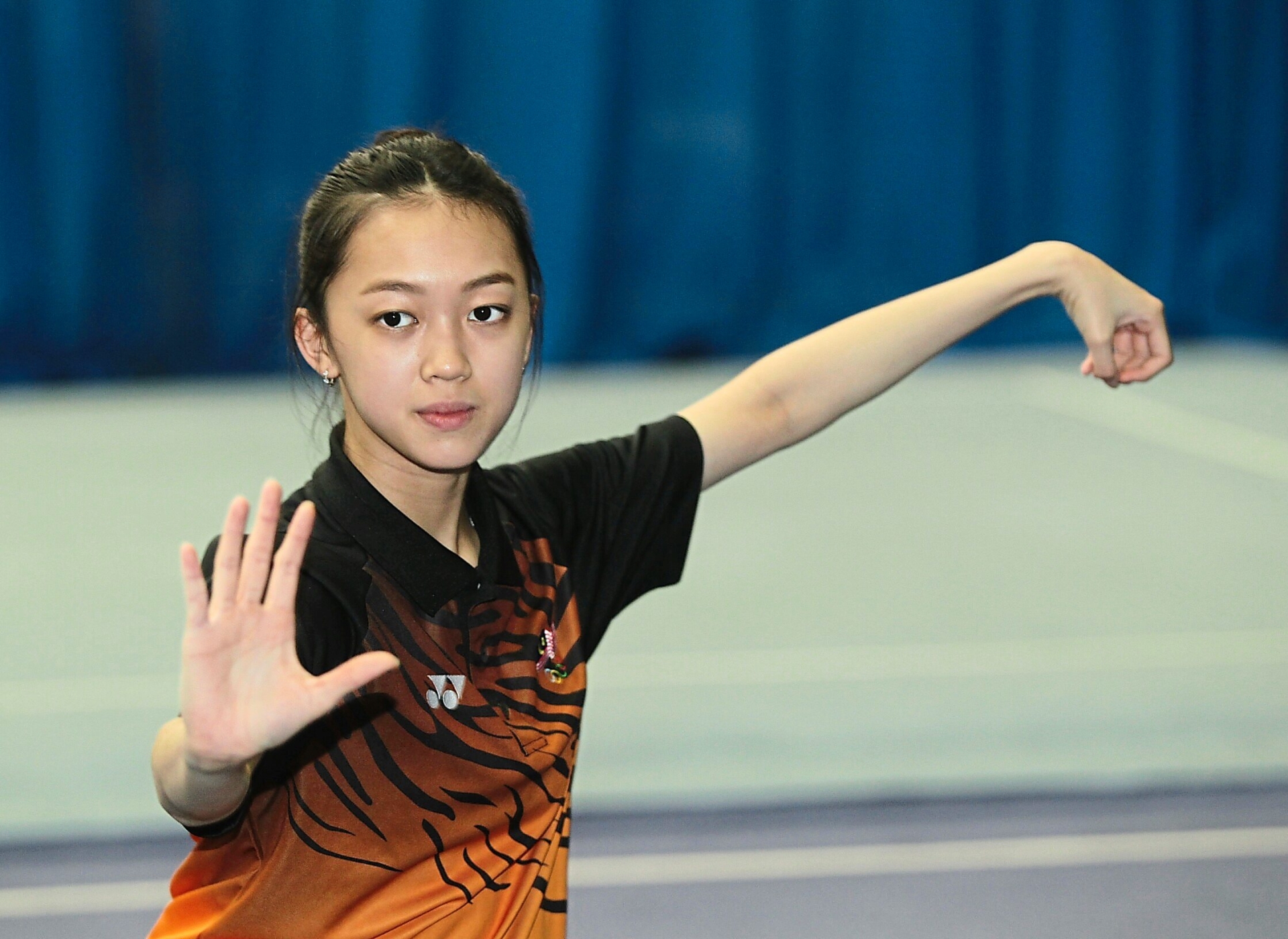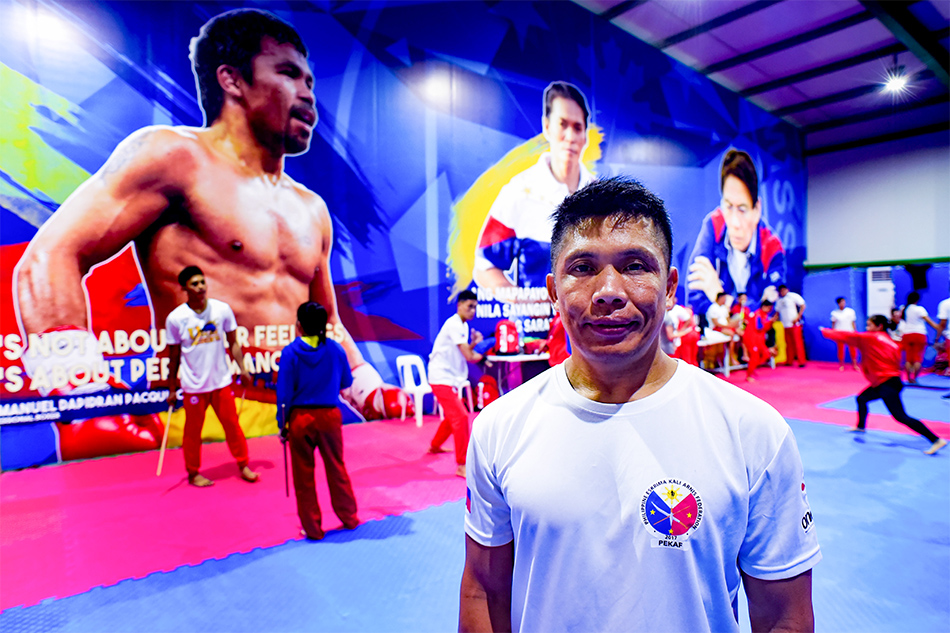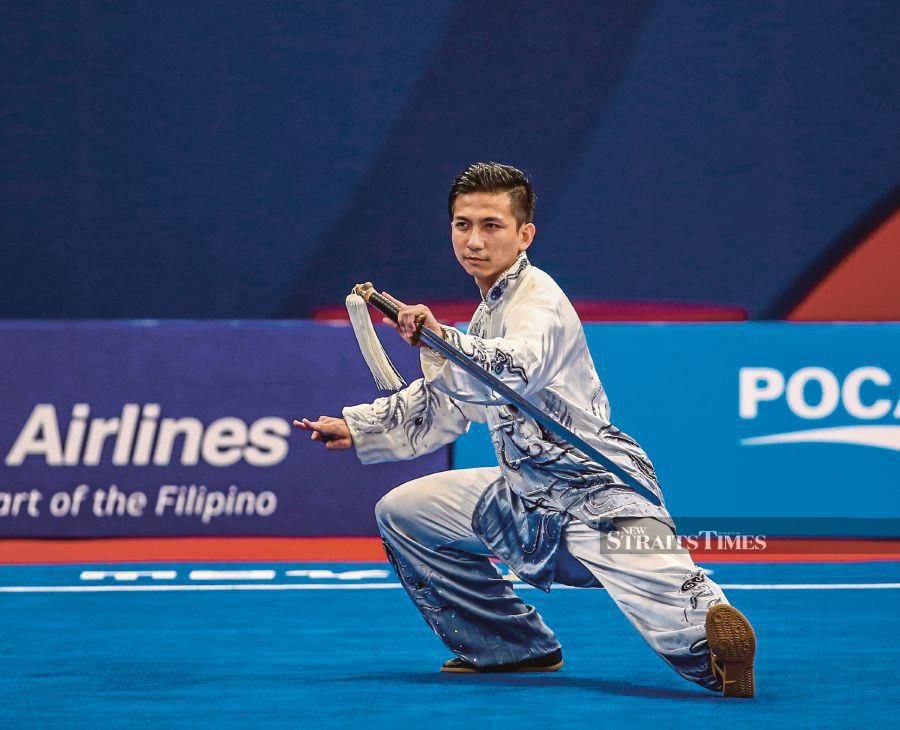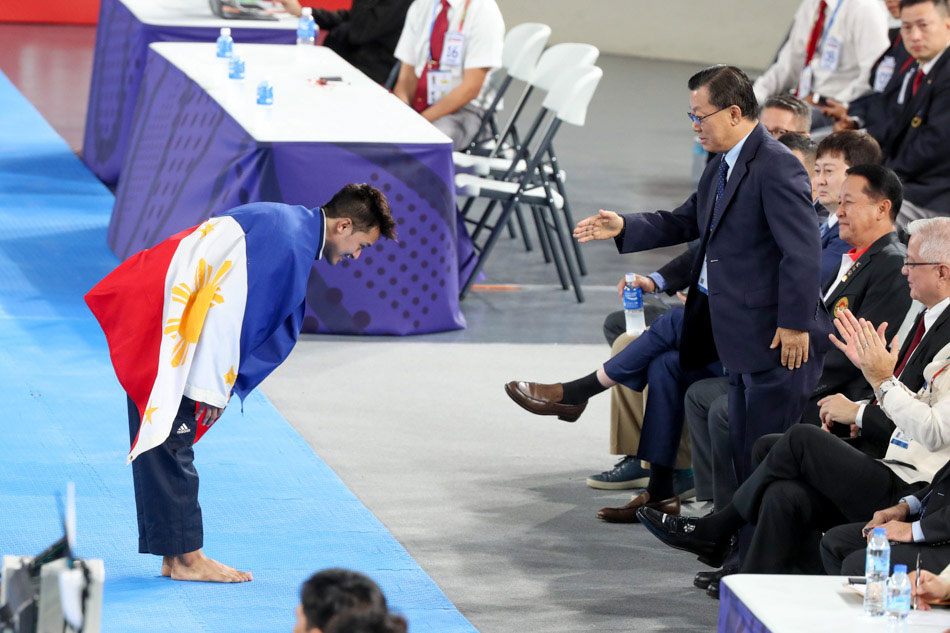Arnis, Philippines Martial Art That Evokes Magellan's Nemesis
By James EDGAR
12/06/19 AT 11:03 PM
To the untrained eye, arnis -- the stick-wielding martial art of the Philippines -- is brutal and frenzied, but behind the chaos lies a tradition dating back hundreds of years.

Filipino 'arnisadors' are fiercely proud of their country, and the sport that symbolises their spirit of battle and revolution Photo: AFP / WAKIL KOHSAR
With some contests lasting just a few minutes, the fast and furious combat sport made a triumphant return to the Southeast Asian Games this week, boosting the home nation's haul of golds by 14.
Filipino 'arnisadors' are fiercely proud of their country, and the sport that symbolises their spirit of battle and revolution.

Arnis was last contested at the SEA Games in 2005, when the Philippines last hosted the event -- and last finished top of the medals table Photo: AFP / PORNCHAI KITTIWONGSAKUL
It holds a treasured place in Filipino hearts as it evokes 16th-century tribal ruler Lapu-Lapu, whose army killed Ferdinand Magellan, the lead explorer in the first successful circumnavigation of the globe, and saw off the Spanish invaders, delaying their colonisation by several decades.
"We consider this the martial art of Lapu-Lapu," Senator Miguel Zubiri, the Philippines Arnis Federation president, told AFP.

At this year's SEA Games men and women from just four nations -- the Philippines, Myanmar, Cambodia and Vietnam -- fought in bantamweight, featherweight, lightweight and welterweight arnis competitions Photo: AFP / WAKIL KOHSAR
"Lapu-Lapu was our first defender," the former world champion added at the Angeles University Foundation, about 80 kilometres northwest of the capital Manila.
"We consider him our first national hero. He is actually in our logo, and we consider him as our founding father."

The Philippines martial art of arnis evokes 16th-century tribal ruler Lapu-Lapu, whose army saw off the Spanish invaders, delaying their colonisation by several decades Photo: AFP / WAKIL KOHSAR
The 'full combat' version of arnis is rapid and unforgiving, and the weapons are considered as extensions of the body.
"It's a style of fighting where you utilise knives and sticks," Zubiri explained, adding that the Spanish banned bladed weapons during their occupation, so Filipinos instead trained with sticks.

The Philippines martial art of arnis evokes 16th-century tribal ruler Lapu-Lapu, whose army saw off the Spanish invaders, delaying their colonisation by several decades Photo: AFP / WAKIL KOHSAR
Players in body armour and grilled helmets bow to one another in the middle of the fighting square before attempting to strike their opponent's body with a baton made of ratan.

Arnis has made a triumphant return to the Southeast Asian Games Photo: AFP / WAKIL KOHSAR
At the SEA Games men and women from just four nations -- the Philippines, Myanmar, Cambodia and Vietnam -- fought in bantamweight, featherweight, lightweight and welterweight.
They also performed solo choreographed routines with weapons, known as anyo, for which competitors wore traditional costumes.
Crisamuel Delfin won a gold medal for his 'open weapon' anyo routine, during which he wielded a sword and performed somersaults and flips.
His feathered headdress is a sign of ferocity and painted tattoos show a warrior's accomplishments and place in society, he explained, while the pattern on his "wanno" loincloth indicates where he is from -- the mountainous region of Ifugao.
"Being from the tribes of the northern provinces, it was very important that I was able to show my traditional costume and to revive and rekindle the spirit of being a warrior in the Philippines," he said through a translator.
"I was glad I was to bring out not just the movements, but the emotion and the feeling of being fierce and committed -- the spirit of being a martial artist," he said.
Abegail Abad, from Baguio City in Luzon, won the women's welterweight, padded stick competition.
"For me it is important to look back for the traditional because it is what binds us together," she said. "And if this binds us together we can also be what we want to be in the future."
Arnis was last contested at the SEA Games in 2005, when the Philippines last hosted the event -- and last finished top of the medals table.
They are on course to repeat the feat, as the SEA Games has a flexible programme which allows plenty of flexibility in the hosts' favour.





 Reply With Quote
Reply With Quote